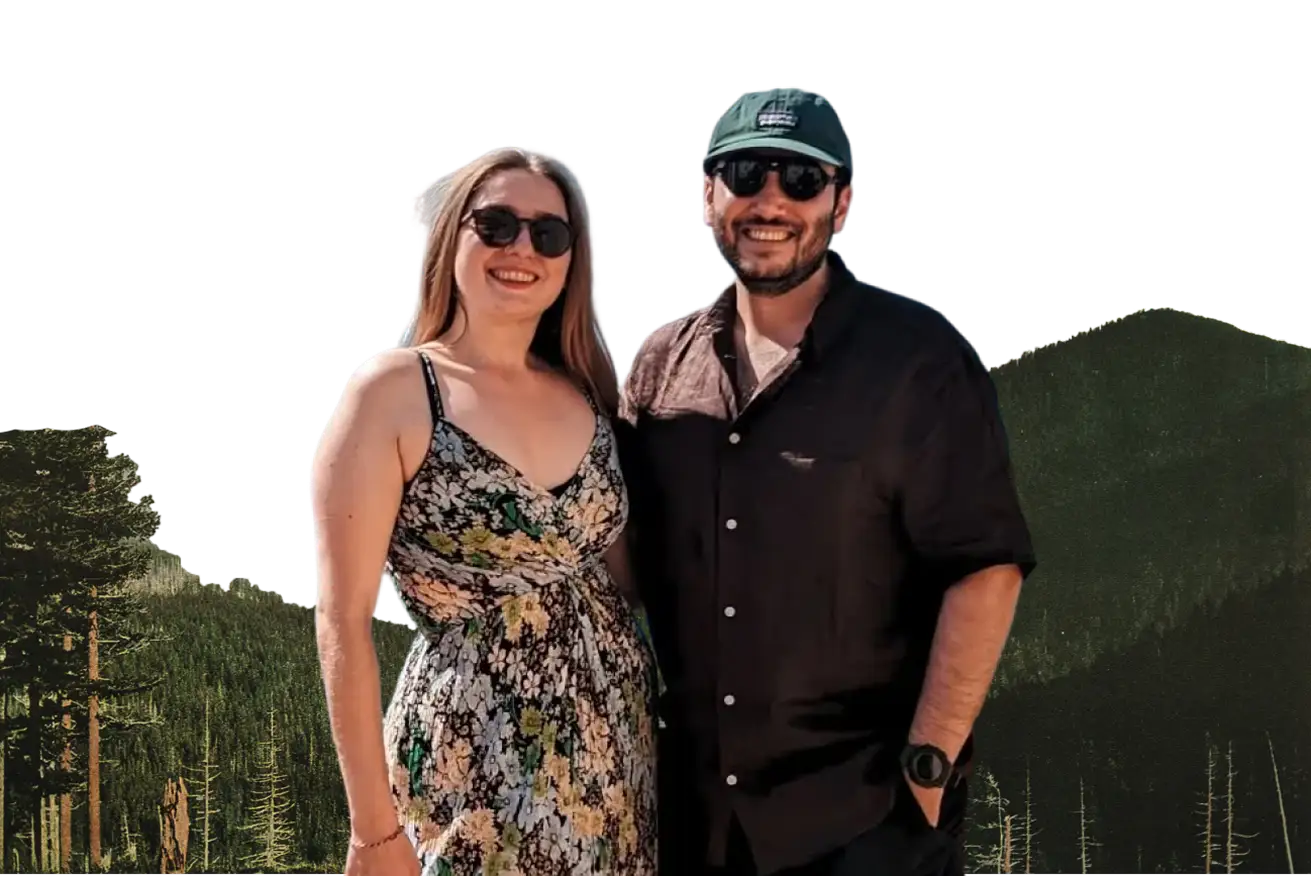There are cities that bustle, and there are cities that watch. Mardin, in Southeast Turkey, is a watcher. It feels less like a city built on a hill, and more like a city that grew from the hill, a cascade of honey-colored stone clinging to a mountainside, its every window and terrace turned southward in a long, unbroken gaze.
This gaze is not accidental. It is the city's soul. For millennia, Mardin has been a stone witness, its face turned towards the ancient, history-drenched plains of Mesopotamia.
We will never forget the feeling of that perspective. To stand on a rooftop in Mardin is to feel the immense sweep of time. You are not just looking at a beautiful view; you are participating in an ancient conversation. The city's very architecture invites you into this long gaze, a dialogue with one of the world's oldest landscapes.
A city born of the hill
Mardin's form is a direct response to its foundation. Built on the steep slopes of Mardin Rock, its houses, mosques, and churches are layered one upon another in a breathtaking dance with gravity. The roof of one home becomes the courtyard for the one above. This is not just clever engineering; it's a social contract written in stone, an agreement that ensures each resident gets their share of the sun, the cooling breeze, and, most importantly, the view.
The entire old city is carved from a single language: a local limestone that glows a pale honey-gold. This shared material gives Mardin a remarkable visual harmony. Walking its maze-like, stepped alleyways, we were struck by how this unity of stone has housed such a diversity of peoples. For centuries, this has been a home to Syriac Christians, Arabs, Kurds, Turks, Armenians, and Jews. The stone itself seems to whisper a story of coexistence, a shared understanding of how to live beautifully in this specific, dramatic place.
A dialogue in the details
If the city's form is a unified statement, its details are a rich, multilingual conversation. An elegant Artuqid minaret, a landmark for the entire city, punctuates the skyline. Not far away, the ancient bells of the Mor Behnam Church call out, a testament to the continuous presence of one of the world's oldest Christian communities.
The stone carvings that adorn doorways and window frames are a fusion of styles: Islamic geometric patterns blend with floral motifs and Syriac symbols. Each detail is a word from a different culture, spoken in the same architectural language of honey-colored stone. These buildings are not just separate monuments in a museum; they are neighbors, their stories woven together in the dense, living fabric of the city.
The long gaze
But always, you are drawn back to that southern view. From every terrace, every window, you are reminded that Mardin is a city on the edge, looking out. You can almost feel the generations of Mardin's inhabitants who have stood in these same spots, watching empires rise and fall on the plains below, their eyes tracing the paths of ancient armies and trade caravans.
This constant, southward gaze gives Mardin its unique, contemplative atmosphere. It is a city that knows its place in a story far larger than itself. It is a stone witness, its terraced streets and honey-colored walls inviting us to read a narrative of human ingenuity, resilience, and coexistence, all written against the backdrop of one of the world's most profound historical landscapes. To be in Mardin is to learn the art of the long gaze.
.svg)




